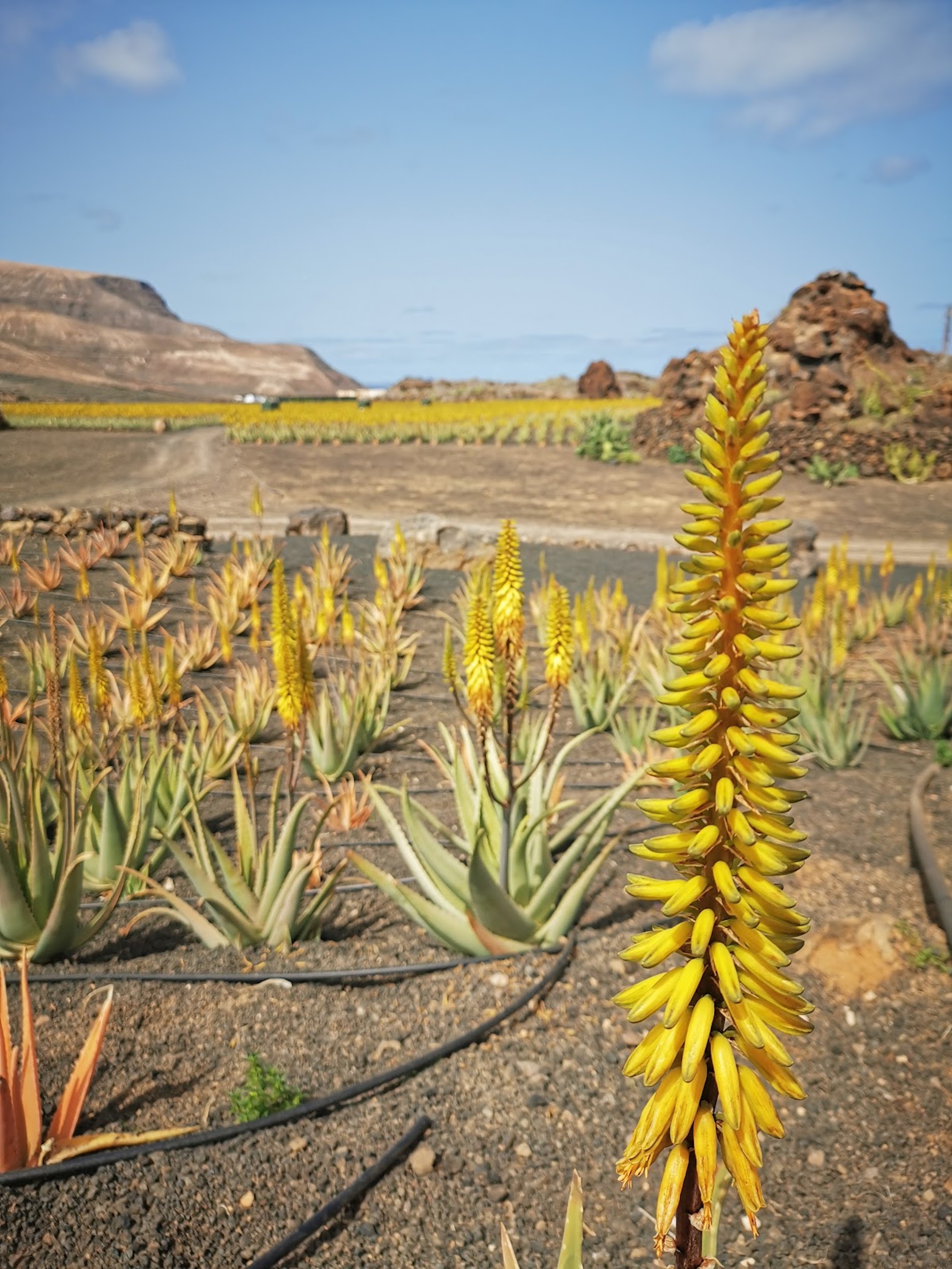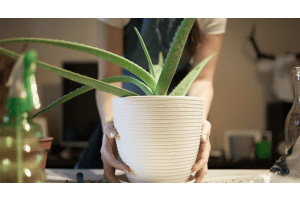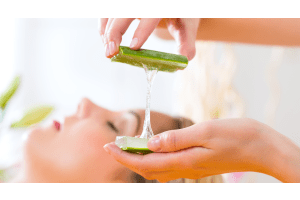Local Storage seems to be disabled in your browser.
For the best experience on our site, be sure to turn on Local Storage in your browser.
Aloe vera flower

Aloe vera is a plant with magnificent properties and is used primarily to prevent or treat skin problems.
However, the flowers of Aloe vera have been kept in the shade of this plant, and its properties and benefits are of interest to the human body.
When does an Aloe vera flower?
For the Aloe vera plant to start flowering it must develop its internal tissues well: a stem in the form of a rhizome with a cauline apex, from which new leaves are generated and a group of cells differentiate to form the inflorescence. This condition is reached by the plant between two and three years of age, counted from the moment that the offspring is formed in the mother plant.
In the northern hemisphere, the flowering of Aloe vera is determined by the photoperiod and the temperature, the beginning of the formation of flower buds being stimulated when the hours of sunlight decrease and the temperature drops. This can mean that it blooms mainly in winter, but what happens is that the flower bud is formed in winter, it grows slowly and when it is visible in the form of a bunch of yellow flowers, then spring is close. All this means that the flowering of Aloe vera is visible in the northern hemisphere from December to May, some plants lagging behind may even flower later.
Do all Aloe veras bloom?
Adult Aloes that do not flower may be an indication that it is not in the most suitable place to grow. Very shady and humid places can reduce the capture of environmental signals that regulate flowering.
Can an Aloe bloom in a pot?
If the plant is grown in a pot, its growth may be delayed. If it is in a pot according to its size, then it will be able to flower without problems. An Aloe vera plant can grow up to 80 cm high, its root system needs at least a volume of 15-40 litres to develop well.
What happens to Aloe vera when it goes into bloom?
In most herb-type plants, flowering involves a great deal of energy. The plant devotes almost all its resources to ensure its sexual reproduction. In the case of Aloe vera, this tendency is similar, only that as it is a succulent plant it is less apparent, but equally all those resources invested in the formation of the floral stem, flowers, nectar and pollen, are extracted from the vegetative part of the plant, causing it to weaken by at least 15% of its biomass. To say that it harms the development of its leaves may be relative, rather it will depend on the approach: it will certainly reduce somewhat the concentration of the substances to which therapeutic properties have been attributed, but it will also increase the content or mobilize those substances towards the flowers. In short, the plant does weaken a little, but it expresses other usable tissues: the flowers. In addition, this investment brings benefits for other species (bees and other insects, birds, reptiles, etc.) that feed on the by-products of the primary production of the flowers or by the predation of the kettles.
What are the benefits of Aloe Vera flowers?
Aloe vera flowers are modified leaves, so, like the green leaves of the vegetative rosette, they also accumulate mucopolysaccharides of cosmetological and nutritional importance, but in a smaller volume. In addition, only in the flowers are expressed other substances such as sugars glucose, sucrose, fructose and many others with higher concentration in the flowers as a reward for visitors who can promote cross-fertilization. Pollen is also very rich in DNA, amino acids, proteins, carbohydrates, etc. All these organic substances are useful in skin nutrition treatments, cell regeneration with long term rejuvenation effects.
At Lanzaloe we harvest and treat the flowers of the Aloe vera in a traditional way to bring to the market one of our star products, the Handmade Soap Malvasia Volcanica.





